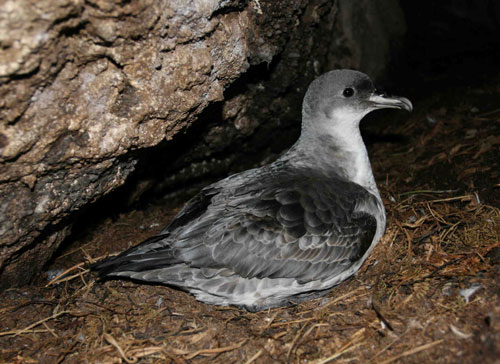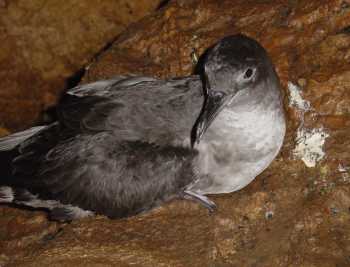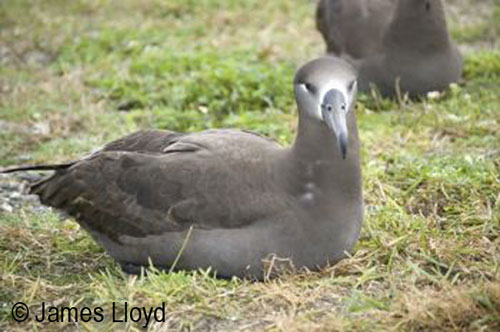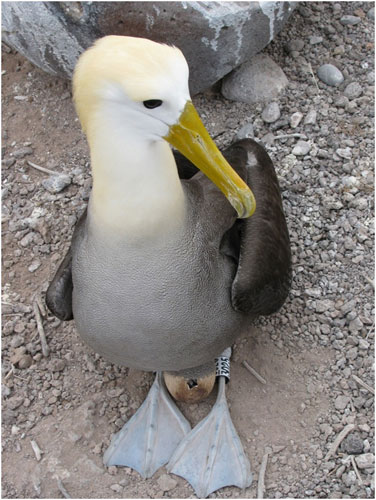Crowdfunding is the practice of funding a project by requesting monetary contributions from the public via the Internet. Since its inception in around 2006 funds have been raised from individuals and organizations for conservation research, among other activities, in this way.
Crowdfunding has now been successfully used to contribute to the costs of a PhD research project on albatrosses (click here).
Caitlin Kroeger (Ocean Sciences, University of California, Santa Cruz, USA) has been studying ACAP-listed Campbell Thalassarche impavida and Grey-headed T. chrysostoma Albatrosses at New Zealand’s Campbell Island over the last three breeding seasons. Her research has included looking at the energetic costs of foraging utilizing GPS loggers and double-labelled water techniques on birds feeding chicks to measure field metabolic rates. The funds raised by crowdfunding will be used to undertake the necessary analyses of blood samples collected in the field (click here).
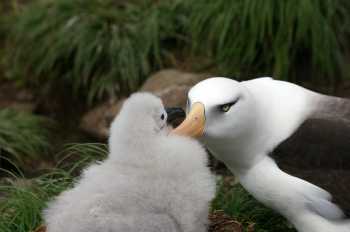
A Campbell Albatross preens its chick, photograph by David Evans
Read more about Caitlin’s research on albatrosses here.
John Cooper, ACAP Information Officer, 29 July 2014
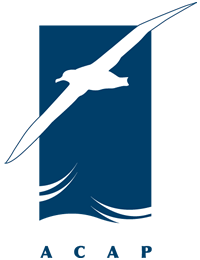
 English
English  Français
Français  Español
Español 